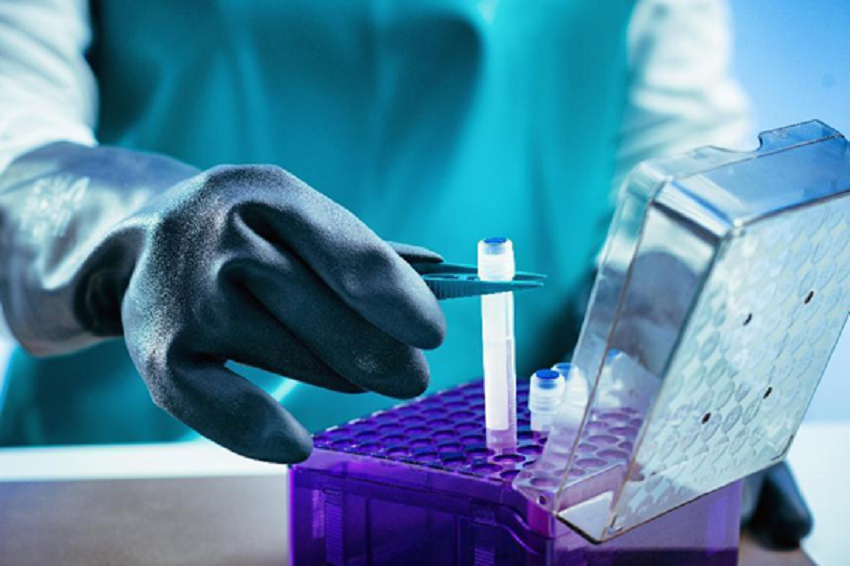您好!很高兴为您提供一对一的专属咨询。
请问有什么可以帮您?
冻卵的流程和价位是什么?


Before embarking on the journey of in vitro fertilization (IVF), one might wonder if hysterosalpingography (HSG) is a necessary step. Firstly, let's understand the significance of fallopian tubes in the process of conception. The fallopian tubes, a pair of long and winding muscular ducts, play a crucial role in transporting mature eggs from the ovaries to the uterus, providing the ideal environment for fertilization. Any abnormalities in the fallopian tubes, such as blockages or fluid accumulation, can hinder the passage of eggs and fertilized embryos, leading to infertility.
Hysterosalpingography, as a common diagnostic procedure, involves injecting a contrast dye into the uterine cavity and fallopian tubes, followed by X-ray imaging to visualize the flow of the dye. This procedure helps determine whether the fallopian tubes are clear, identifies blockages, and assesses the morphology of the uterus. It serves as an essential diagnostic tool for female infertility.
The process of HSG typically occurs between days 3 to 7 of the menstrual cycle, with sexual intercourse prohibited during this time frame. Post-procedure, some vaginal bleeding may occur, which is considered normal. Although discomfort may be experienced during the examination, it is generally tolerable.
However, a common concern among many is whether an HSG is necessary before undergoing IVF. In theory, IVF involves fertilizing eggs outside the body and transferring the resulting embryos directly into the uterine cavity, bypassing the fallopian tubes. Thus, the patency of the fallopian tubes does not directly impact the procedure. However, the primary purpose of HSG is to rule out conditions such as tubal inflammation or fluid accumulation, which may affect the viability of embryos post-transfer. Therefore, in some cases, an HSG may still be necessary.

Dr. Nathan Zhang, founder of IVF USA, highlights the advanced IVF-PGT technology utilized in the United States. This third-generation IVF technique incorporates preimplantation genetic testing (PGT) to ensure the health of embryos. Drawing upon years of experience and extensive research, Dr. Zhang has established an evaluation system for major IVF centers and hospitals in the United States, providing personalized recommendations to clients and enhancing IVF success rates. IVF USA now offers a range of services including egg freezing and third-party reproductive assistance in various regions beyond the United States, including Japan, Thailand, Mexico, Taiwan, and Hong Kong, collaborating closely with leading IVF specialists worldwide. If you have any questions or require further information, feel free to reach out to our expert team.